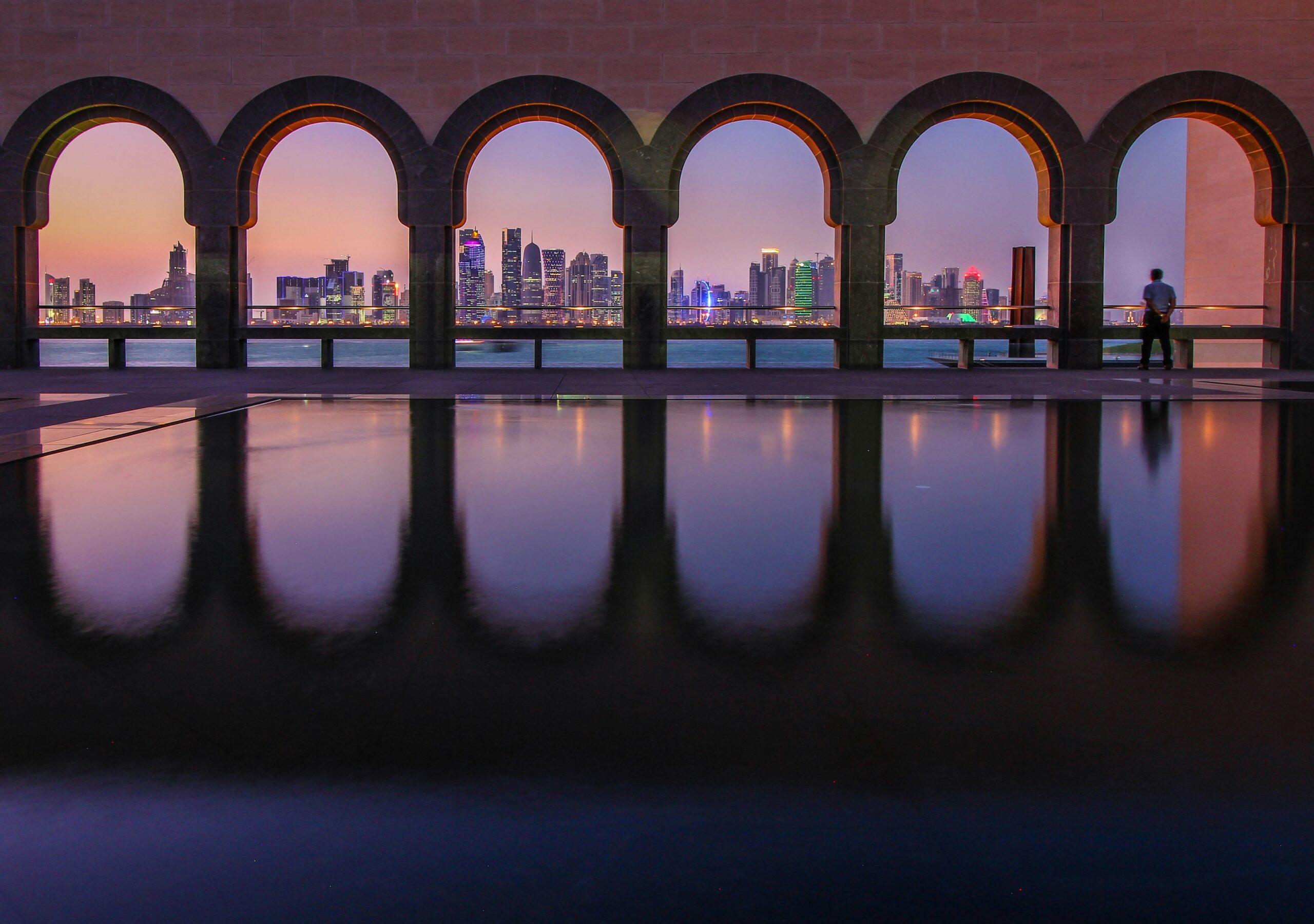Qatar, a small yet vibrant country in the Middle East, is a land of contrasts. From its modern skyscrapers to its traditional souks, from its desert landscapes to its pristine beaches, Qatar offers a unique blend of old-world charm and modern luxury. For tourists visiting this captivating destination, the user experience (UX) and user interface (UI) play a crucial role in enhancing their journey. In this blog post, we will explore some of the innovative UI/UX features that are transforming the way tourists explore Qatar.
1. Interactive Maps
Exploring a new country can be overwhelming, especially when there are numerous attractions and landmarks to visit. Interactive maps integrated into travel apps or websites provide a seamless and intuitive way for tourists to navigate Qatar. These maps can highlight popular tourist spots, provide real-time directions, and even suggest personalized itineraries based on the traveler’s preferences. By incorporating features like zooming, filtering, and augmented reality, these maps make it easier for tourists to discover the hidden gems of Qatar.
2. Virtual Tours
Virtual tours have revolutionized the way tourists can experience a destination before even setting foot in the country. Through immersive 360-degree videos and virtual reality (VR) experiences, tourists can explore Qatar’s iconic landmarks, museums, and cultural sites from the comfort of their homes. These virtual tours not only help travelers plan their itinerary but also create a sense of anticipation and excitement for their upcoming trip.
3. Multilingual Support
As a popular tourist destination, Qatar attracts visitors from all around the world. To cater to the diverse needs of tourists, UI/UX innovations include multilingual support in travel apps and websites. By offering content and navigation in multiple languages, tourists can easily access information, directions, and recommendations in their preferred language. This feature enhances the overall user experience and ensures that language barriers do not hinder tourists from exploring Qatar.
4. Personalized Recommendations
Every traveler has unique preferences and interests. UI/UX innovations in travel apps and websites leverage data analytics and machine learning algorithms to provide personalized recommendations to tourists. By analyzing user behavior, previous searches, and preferences, these platforms can suggest tailored itineraries, attractions, and dining options that align with the traveler’s interests. This level of personalization enhances the user experience and helps tourists make the most of their time in Qatar.
5. Social Integration
Traveling is often a social experience, and UI/UX innovations are harnessing the power of social media integration to enhance the tourist experience in Qatar. By integrating social media platforms into travel apps or websites, tourists can easily share their experiences, photos, and recommendations with their friends and followers. This not only allows travelers to document their journey but also serves as a valuable resource for other tourists seeking inspiration and insights for their own trips.
6. Real-time Updates
When exploring a new destination, tourists rely on up-to-date information about attractions, events, and weather conditions. UI/UX innovations in travel apps and websites provide real-time updates to ensure that tourists have the most accurate and relevant information at their fingertips. This includes live notifications about changes in opening hours, traffic conditions, and any other updates that may impact the tourist’s itinerary. By keeping tourists informed, these features enhance the overall user experience and help visitors make informed decisions during their stay in Qatar.
In conclusion, UI/UX innovations have transformed the way tourists explore Qatar. From interactive maps and virtual tours to personalized recommendations and real-time updates, these features enhance the user experience and make it easier for tourists to navigate the land of contrasts. As technology continues to evolve, we can expect even more innovative UI/UX solutions that will redefine the way we experience and interact with destinations around the world.












Leave a Reply